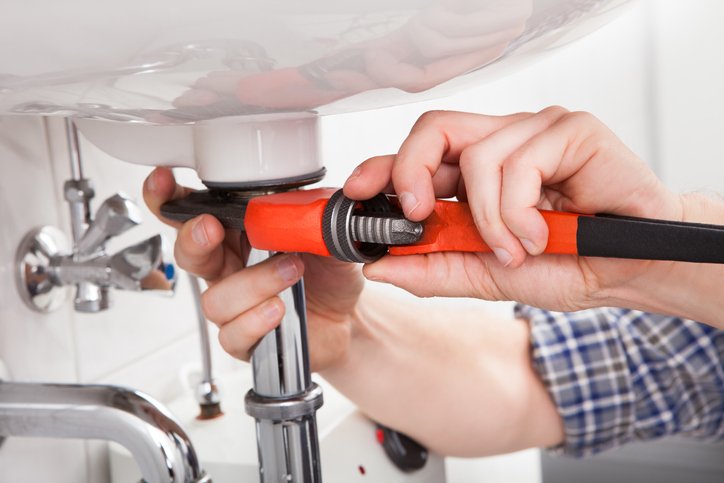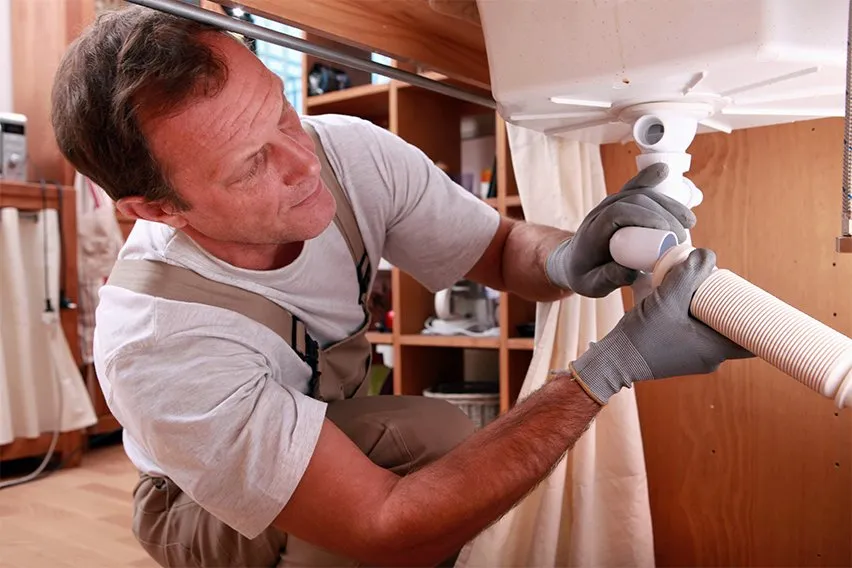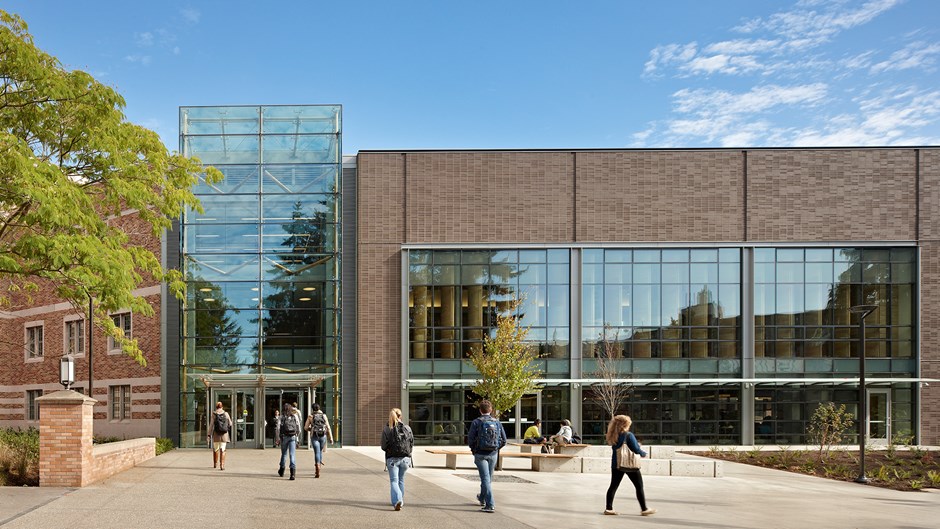In today’s world, where environmental concerns are at the forefront, adopting eco-friendly drainage solutions for homes is not just a trend, but a necessity. These solutions not only help in conserving water but also ensure that your home remains free from water damage while reducing your carbon footprint. In this article, we will explore various strategies and techniques to make your home’s drainage system more sustainable.

Why Choose Eco-Friendly Drainage Solutions?
Eco-friendly drainage systems are designed to manage stormwater and wastewater in a way that minimizes environmental impact. By choosing sustainable drainage solutions, homeowners can contribute to water conservation, reduce pollution, and prevent soil erosion. Moreover, these systems often require less maintenance and can increase the value of your home.
Benefits of Sustainable Drainage Systems
- Water Conservation: Eco-friendly systems often include rainwater harvesting, which collects and stores rainwater for future use.
- Reduced Pollution: By filtering out pollutants, these systems help in reducing the amount of contaminants entering natural water bodies.
- Preventing Soil Erosion: Proper drainage prevents excessive water accumulation, which can lead to soil erosion.
Types of Eco-Friendly Drainage Solutions
Rain Gardens
Rain gardens are shallow, planted depressions that allow rainwater runoff from roofs, driveways, and other surfaces to be absorbed into the ground. These gardens are not only beautiful but also functional, as they help in filtering pollutants and recharging groundwater.
Permeable Pavements
Permeable pavements are designed to allow water to pass through them, reducing runoff and improving water absorption. This type of pavement is ideal for driveways and walkways and can significantly reduce the risk of flooding.
Green Roofs
A green roof is a layer of vegetation planted over a waterproofing system on a flat or slightly sloped roof. Green roofs absorb rainwater, provide insulation, and create a habitat for wildlife.
Swales
Swales are shallow, broad, and vegetated channels designed to store or convey runoff and remove pollutants. They are effective in areas with gentle slopes and can be integrated into the landscape design.
Implementing Eco-Friendly Drainage Solutions in Your Home
Conduct a Drainage Assessment
Before implementing any drainage solution, it’s important to conduct a thorough assessment of your property. Evaluate the current drainage system, identify problem areas, and consider the natural slope and soil type.
Design and Planning
Once you’ve assessed your property, the next step is to design a drainage system that suits your needs. Consider factors such as the size of your property, local climate, and budget.
Installation
Installation of eco-friendly drainage systems may require professional assistance. It’s important to hire experienced contractors who understand sustainable practices. You can find more information on stormwater drainage and other related services.
Maintenance
Regular maintenance is crucial to ensure the efficiency of your drainage system. This includes cleaning gutters, inspecting downspouts, and checking for blockages.
Challenges and Solutions
Overcoming Space Limitations
For homeowners with limited space, installing vertical gardens or using modular rainwater tanks can be effective solutions.
Dealing with Heavy Rainfall
In areas with heavy rainfall, it’s important to use a combination of drainage solutions to manage excess water effectively.
Cost Considerations
While eco-friendly drainage solutions may require an initial investment, they often lead to cost savings in the long run due to reduced water bills and lower maintenance costs. Moreover, these solutions can increase the resale value of your home.
Conclusion
Adopting eco-friendly drainage solutions for homes is a step towards a more sustainable future. By making small changes in your home’s drainage system, you can significantly impact the environment and create a healthier living space. For more information on enhancing your home’s water systems, visit plumbing tips for new homeowners.

FAQs
What are the benefits of rain gardens?
Rain gardens help in absorbing rainwater, reducing runoff, and filtering pollutants. They also add aesthetic value to your property.
Can I install a green roof on my existing home?
Yes, green roofs can be retrofitted to existing homes. However, it’s important to consult with a professional to ensure your roof can support the additional weight.
Are eco-friendly drainage systems expensive?
While the initial cost may be higher, eco-friendly systems often lead to long-term savings and increased property value.
This article contains affiliate links. We may earn a commission at no extra cost to you.




